Vanessa here,
I am all a twitter, (not the recently IPO’d kind) but excited about planning a baby shower for a dear friend. As I become steeped in color choices and decorations, the need to play games or not to play games, I begin to think about childbirth or the expectation of childbirth during the Regency.
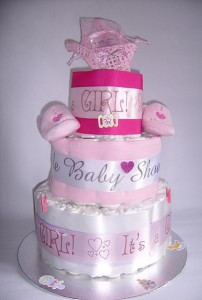
Sadly, I couldn’t find any corollaries to anything we know today as a baby shower. No cards, or nappy cakes, no diaper genies unless you count the wealthy woman’s servants.
No one seemed to plan any kind of celebration for the expectant mother. What we now call baby showers have their roots in Victorian times.
Why No Regency Celebration?
Let’s face facts. It might be a little hard to plan a tea or invite friends and family over to celebrate an event that had a 20% or greater chance of killing you. Poor hygiene, lack of knowledge of difficult pregnancies, unsanitary practitioners, bloodletting, the discouragement of using midwives (ladies versed in how save women, turn babies coming breach) etc. all played a role in the not so great outcomes for pregnant women during the Regency.
Moreover, the pressure to have a male child could be daunting. Knowing the dire need to produce an heir to protect your husband’s entailed property (and your future comfort upon the death of said husband ) had to decrease the need for pre-birth celebrations.

Though Aristotle (384BC to 322BC) tried to clear things up with his theory of men determining the child’s sex, it was still easier to blame the woman for the child-rearing failings. Good thing science cleared that matter up. Just in case you are new to the world of scientific discovery, the male’s X (female) or Y (male) chromosome determines the sex.
Yet, I did find celebrations or at least acknowledgements of surviving childbirth. People would gather and offer support. They brought food to the mother. During the Renaissance and still practiced during the Regency, visitors (the gossips -Middle Ages term for women and family who gather during the birth) gave painted trays with words of encouragement for the women. Some trays were so pretty, they were hung along the walls to surround the mother during her confinement . With confinement potentially lasting up to 40 days, seeing these kind words and beautiful images had to lift the new mother’s spirits.
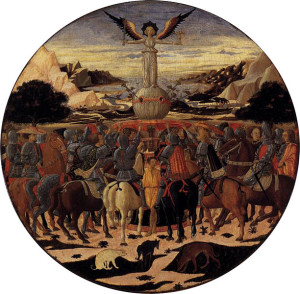
As baby shower details are finalized, I will be looking to add a few Regency touches. I’m sure my friend will enjoy these little sentiments to make her prenatal and postnatal time encouraging.
What are some encouraging words or gifts that you would offer to a first time mother?
Originally posted 2013-11-18 10:00:00.

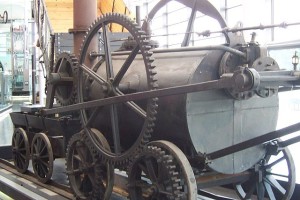

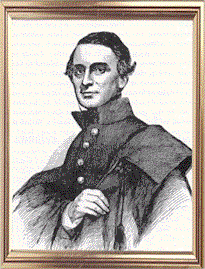
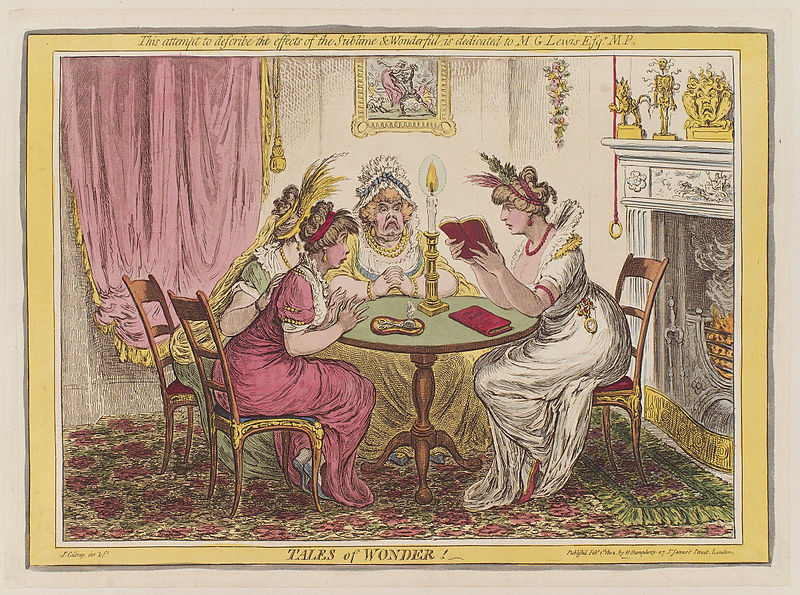

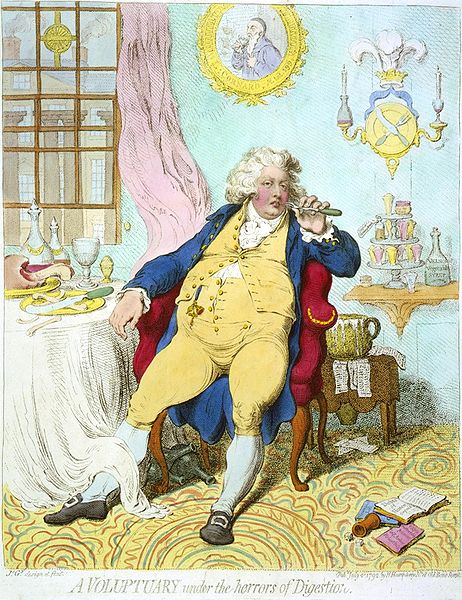


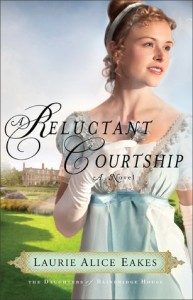
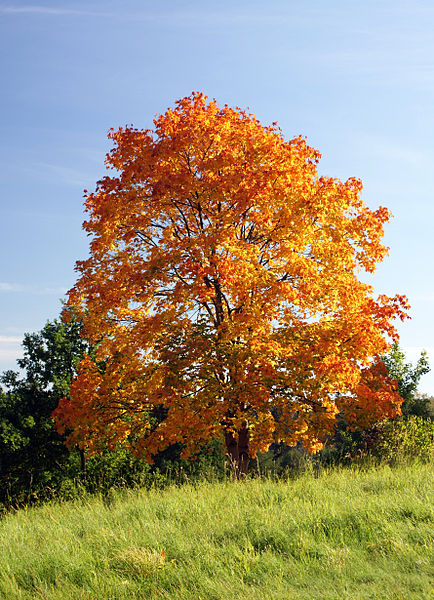



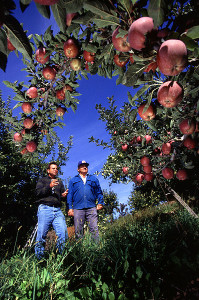



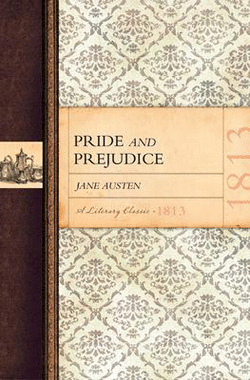 This week we’re giving away a lovely copy of Pride and Prejudice. The book is hard cover with a ribbon book mark. The pages are rough cut to simulate the cut edges an original print would have had after binding. All comments on this week’s posts will be entered in the drawing. Must have a United States mailing address in order to win. Winner will be announced August 19, 2013.
This week we’re giving away a lovely copy of Pride and Prejudice. The book is hard cover with a ribbon book mark. The pages are rough cut to simulate the cut edges an original print would have had after binding. All comments on this week’s posts will be entered in the drawing. Must have a United States mailing address in order to win. Winner will be announced August 19, 2013.